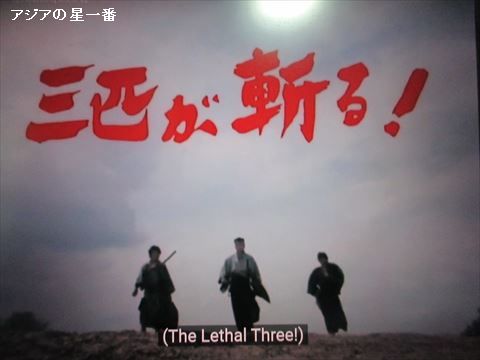2011年07月の記事
全4件 (4件中 1-4件目)
1
-
2011 Aug.2 Olvasfestdagene, Trondheim, no, Jan Garbarek Group
Jan Garbarek Group, 2011 Aug.2 20:00One of the guaranteed musical highlights of the St. Olav FestivalLast time Jan Garbarek visited Trondheim, in 2007, critics were ecstatic. The Archbishop's Yard is the perfect setting for another unforgetable concert-experience with one of Norway's most recognized international jazz-musicians. He has been one of the most important musical voices in Norway for decades. Using his saxophone, he has lifted what is generally known as jazz to another dimension. To the St. Olav Festival he is bringing a stellar team of musicians: Rainer Br?ninghaus, piano, Yuri Daniel, bass, and last but not least master percussionist Trilok Gurtu from India.
Jul 30, 2011
コメント(0)
-
2011 Jun.16 City Jazz Night Festival, Braunschweig, Jan Garbarek Group
City Jazz Night Festival, Staatstheater, Braunschweig, Germany, Jun.16, 2011 Jan Garbarek Yuri Daniel Rainer Bruninghaus Trilok GurtuThe tall tear trees, Liquid, Yr, Considering the Snail, Jutulen og Stolt ?li, Tao, Rajasthan, Pygmy Lullaby, Qawwali, Once I dreamed a tree upside down, Fugl, Maracuja, Grooving out, It's high time, Mission to be where I am
Jul 30, 2011
コメント(0)
-

1991 Wien, Jan Garbarek Group, Joik (Huhai)
1991 Jul.7 Jazz Fest Wien, Jan garbarek, Eberhard Weber, Rainer Bruninghaus, Manu Katche Joik (Huhai 1992 Twelve Moons)From Wikipedia, the free encyclopediaA joik, (also spelled yoik), luohti, vuolle, leu'dd, or juoiggus is a traditional Sami form of song.Originally, joik referred to only one of several Sami singing styles, but in English the word is often used to refer to all types of traditional Sami singing. According to music researchers, joik is one of the longest living music traditions in Europe, and is the folk music of the Sami people.[1] Its sound is comparable to the traditional chanting of some Native American cultures.[2]The joik is a unique form of cultural expression for the Sami people in S?pmi.[3] Each joik is meant to reflect a person or place. This does not mean that it is a song about the person or place, but that the joiker is attempting to transfer "the essence" of that person or place into song - one joiks their friend, not about their friend. It usually has short lyrics or no lyrics at all. This type of song can be deeply personal or spiritual in nature. Improvisation is not unusual. However, there are other forms of joik (in the expanded sense of the word) that have a more epic type of lyrics. Joik is traditionally chanted a cappella and often dedicated to a human being, an animal, or a landscape as a personal signature.[1]In northern Sami areas, most joiks are personal, that is, tied to a specific person. A joik is often made for a person at the time he is born.It has traditionally been sung a cappella, sometimes accompanied by a drum, but not a Sami drum which is used for ceremonial purposes only. It is sometimes set to other instruments. The tonality of joik is mostly pentatonic, but joikers are at liberty to use any tones they please.[4]
Jul 17, 2011
コメント(0)
-

2011 Jun.28 Vestfold International Festival, Jan Garbage Group featuring Trio Guru
Vestfold International FestivalJan Garbage Group featuring Trio GuruT?nsberg. Oseberg kulturhus. Tuesday 28 June 08.00 pmNo one plays the saxophone like Jan Garbarek. He has an unmistakable sound, which throughout the years has developed into a sound entirely different from the one we usually consider as jazz. An endless list of performances on all of the world´s most famous concert halls, critically acclaimed records, years of musical partnership with Keith Jarrett and the unique collaboration with The Hillard Ensemble, has made this exceptional saxophonist popular within all musical genres.
Jul 1, 2011
コメント(2)
全4件 (4件中 1-4件目)
1
-
-

- フランスあれこれ・・・
- 【PARIS】【METEO】【今日の天気と気…
- (2024-11-27 02:05:23)
-
-
-

- タイ
- 1126 パーイ4日目 明日はもう帰り…
- (2024-11-28 07:21:10)
-
-
-

- ちいさな旅~お散歩・日帰り・ちょっ…
- 北風になると・・・オヤジの修学旅行…
- (2024-11-28 18:30:02)
-







